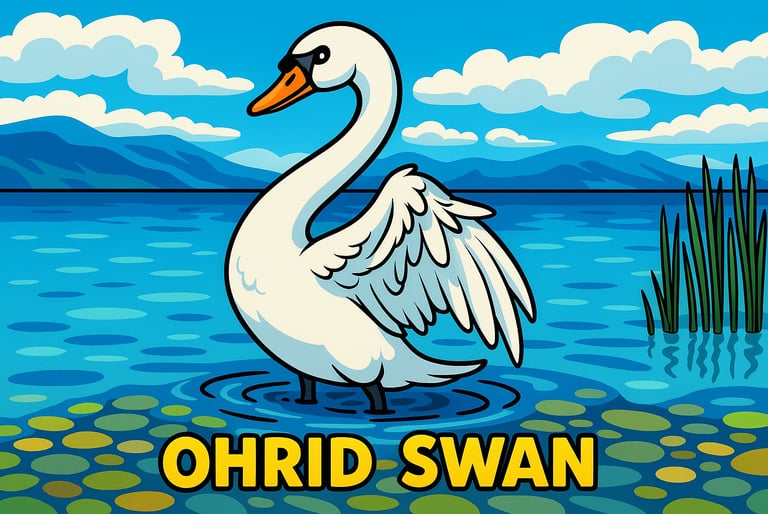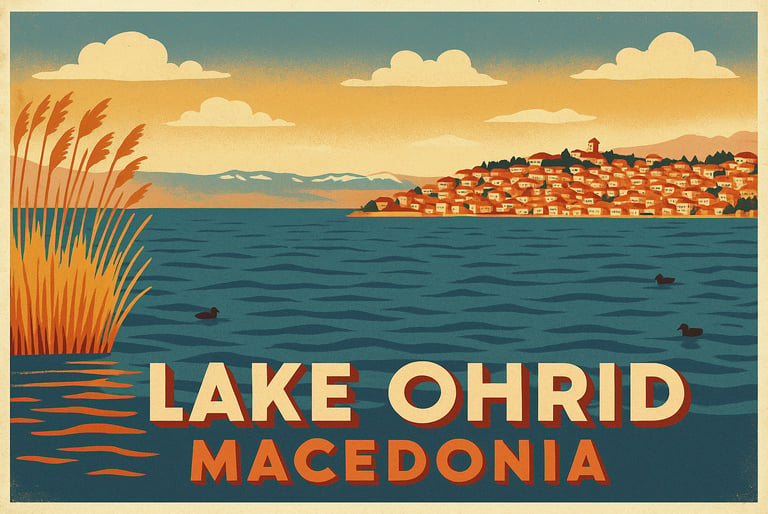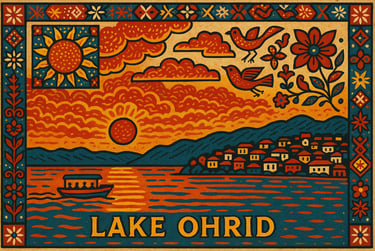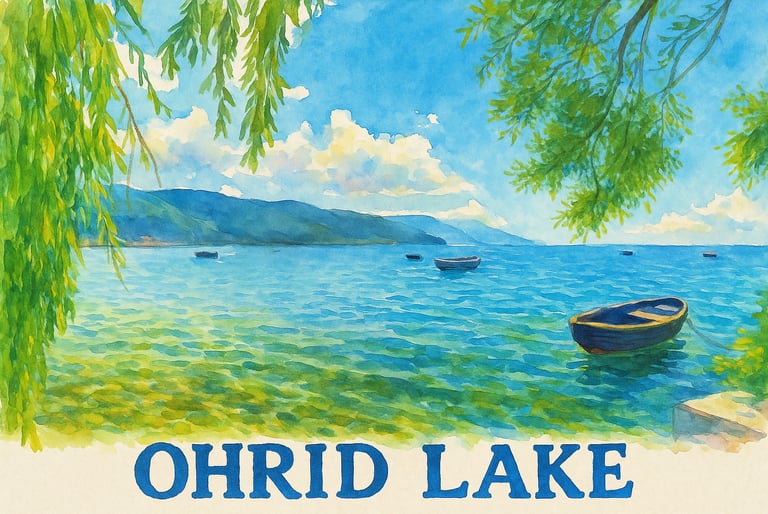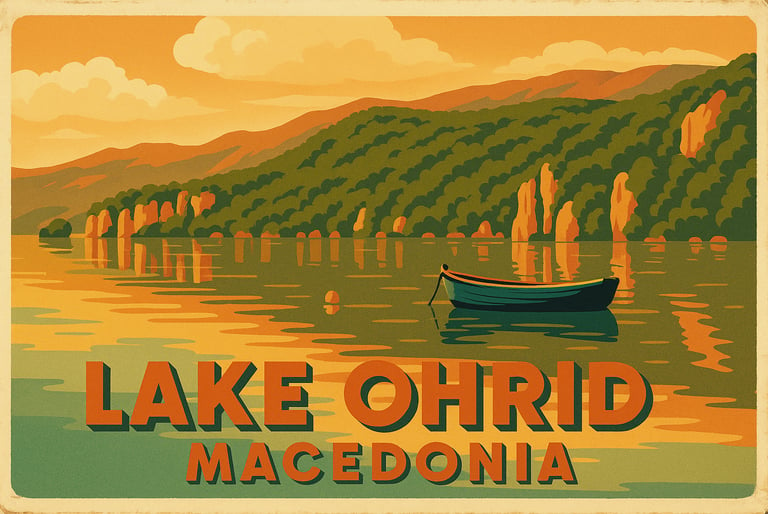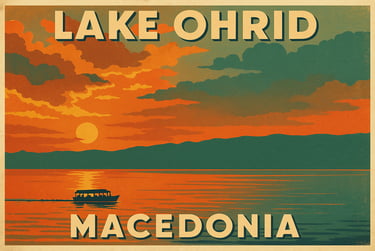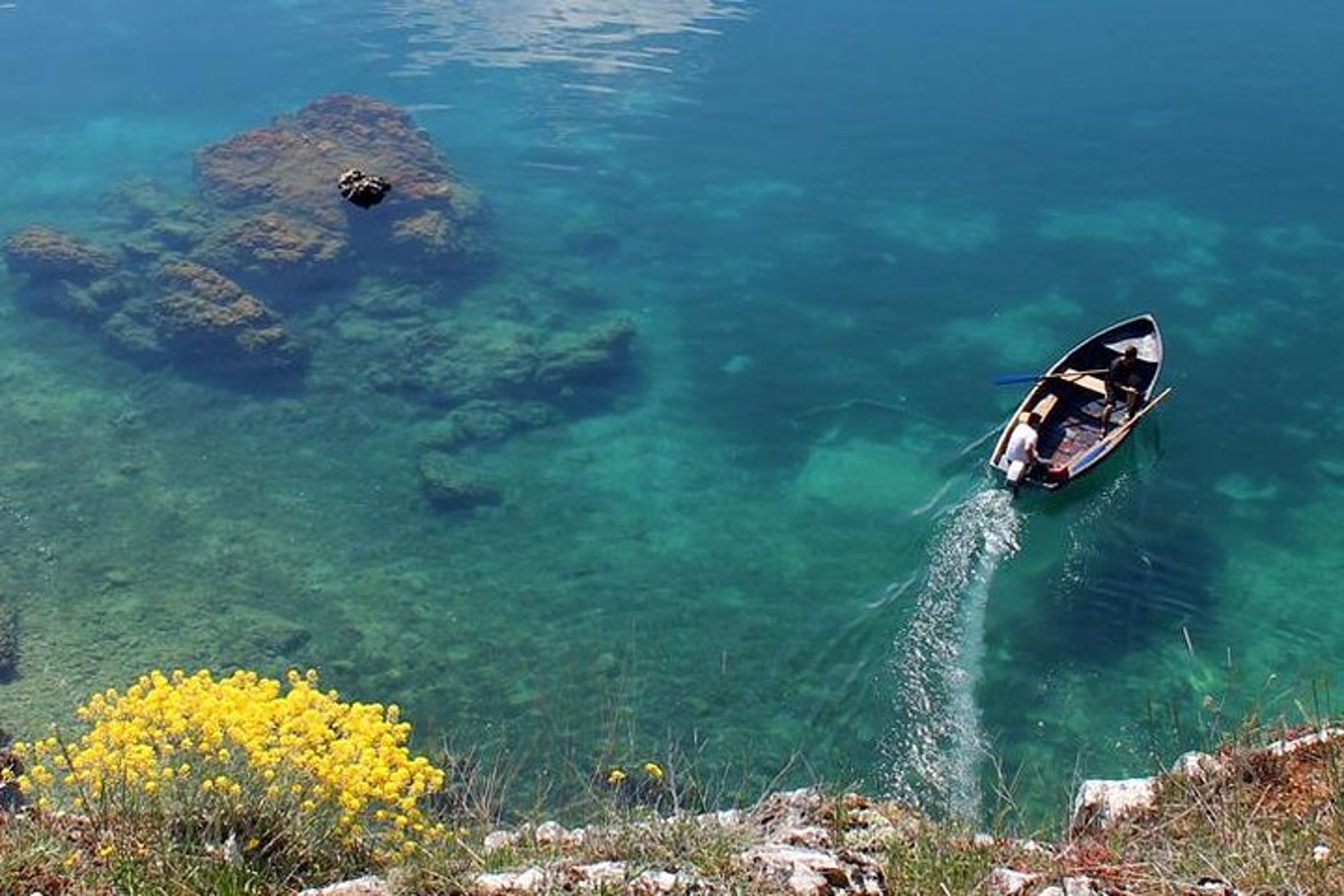
Lake Ohrid is one of Europe’s oldest and deepest lakes. It is estimated to be more than three million years old, making it a living museum of biodiversity. The lake is famous for its crystal-clear waters and its unique flora and fauna, including many endemic species.
Surrounded by mountains, Lake Ohrid offers a stunning natural setting that attracts tourists, scientists, and nature lovers alike. The historic town of Ohrid on its shore is a UNESCO World Heritage Site, known for its medieval churches and fortress. Fishing and tourism are important to the local economy, with the lake’s trout being particularly prized. Lake Ohrid remains a symbol of the region’s natural beauty and cultural heritage.
Lake Ohrid is estimated to be around three million years old, making it one of the oldest lakes in the world.
The lake is home to more than 200 endemic species, including the famous Ohrid trout (Salmo letnica).
It is one of Europe’s deepest lakes, reaching a maximum depth of about 288 meters (940 feet).
The water in Lake Ohrid is incredibly clear and can be seen to depths of up to 22 meters (72 feet).
The lake has both inflow and outflow — the Black Drin River flows out from the lake and eventually reaches the Adriatic Sea.
Lake Ohrid’s shoreline is dotted with numerous historic monasteries, churches, and archaeological sites, including the UNESCO-listed town of Ohrid.
According to local legend, St. Naum’s Monastery was built on the site where St. Naum himself could be heard breathing through the rocks!
The lake’s unique ecosystem has survived thanks to its isolation and stable conditions over millions of years.
A phenomenon called sub-lacustrine springs feeds the lake with water from underground, keeping it fresh and maintaining its high clarity.
In the summer, the lake hosts international festivals, concerts, and even swimming marathons, celebrating its role in regional culture and recreation.

